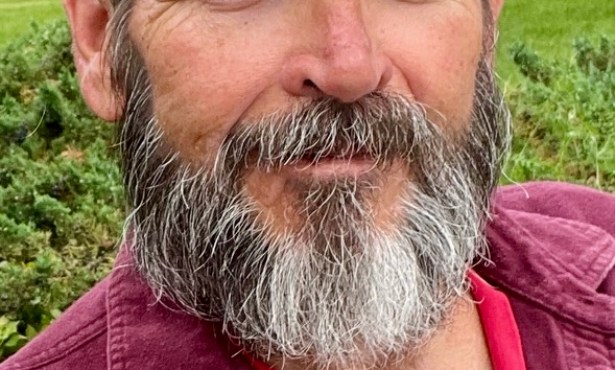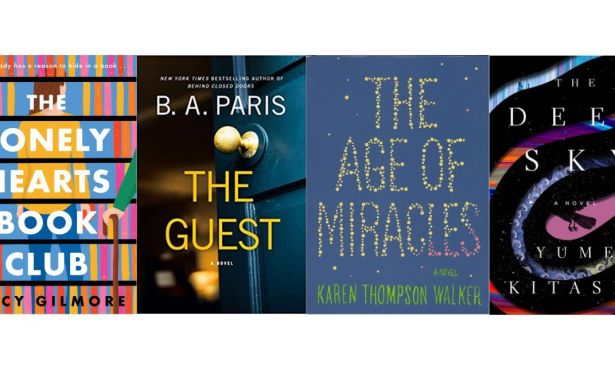How to Take Years off Your Age Without Lying About It
Healthspan: Take 9 years off your age through exercise and drinking.
Baby Boomers love to play the Age Game. The most common one, of course, is the oft purloined phrase, “Fifty is the new thirty-five,” or some such nonsense. And then there is this one: Someone asks you how old you are, and you respond coquettishly, “How old do you think I am?” The gambit here is to get them to say a number less than the ones you’ve piled up and then to tell them forthrightly what your actual age is in hopes of engendering an astonished “No way!”
Boomers, who are well known liars in the thriving internet dating scene, may not have to resort to such tawdry prevarications on their Match.com profiles. A new study out of Kings College in London (and reported in the respected Archives of Internal Medicine last week) encourages us all to pay attention to what our mother’s told us: It is what is on the inside that counts, not on the outside. According to this impressive research, those who exercise regularly and hard have cells that are at least nine years younger-biologically-than their actual birth certificates would attest.
It is all about the telemores. Those are structures on our chromosomes that protect our DNA. As we age, telemores tend to get shorter, which indicates that the cell is dying. Those who regularly “feel the burn” were consistently shown to have more endowed telemores.
It’s going to take more than a walk around the park to receive these benefits. The study notes that you are going to have to break a sweat to get those nine years back. That translates to at least three hours a week of hard exercise. If you aren’t up for that, your cells can still reclaim at least four years if you opt to exercise moderately for one to two hours a week.
You would have to be living in bear country in winter to not know that exercise promotes longevity. Exercise always makes the cut when it comes to activities one can do to live the long life. A large scale Danish study, widely reported in the press last month, not only gave the expected thumbs up to exercise but also added drinking alcohol to the equation for giving one the best odds for evading the Dark Angel. We can assume they mean drinking in addition to exercising, not drinking while exercising.
The researchers, quoted in the European Heart Journal, concluded that those who neither imbibe nor sweat will have up to a 49 percent higher risk of heart disease than those who do one or both of these activities. They further concluded that those who exercised and drank moderately had the lowest chance of dying from any cause. (Not surprisingly, those at the highest risk were the couch potatoes who drank heavily.)
On a personal note, finishing up this week’s column has not only invigorated my lagging conviction of going to the gym today, it has also helped me to finally make a decision on what to do with a basement room in my house. The combination of exercise and wine drinking had always appealed to me and I had actually thought about combining those two interests in making a combo wine cellar/workout room. Afraid that it would seem too bizarre, I scutted those plans and was prepared to make a comfy home theater. Now, thanks to those Danes, I have scientific support for my original plan.
And the beauty of that plan is that if I actually use the room for both its intended purposes, I will be able to take nine years off my age without the guilt of lying about it.



